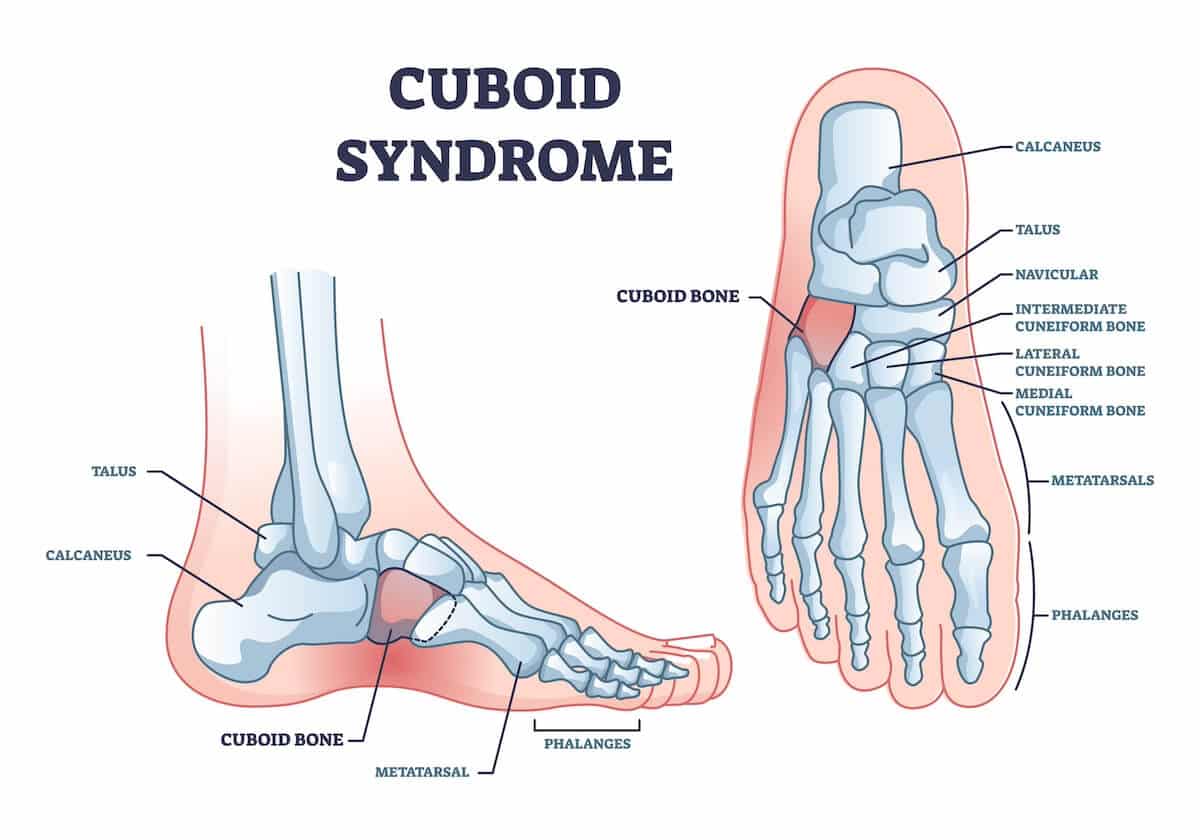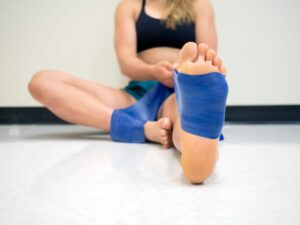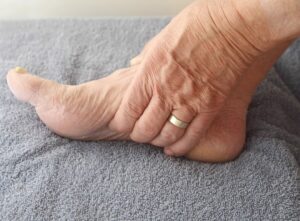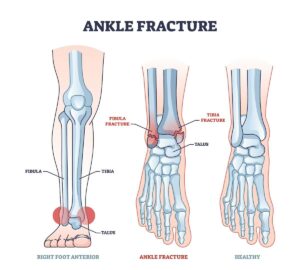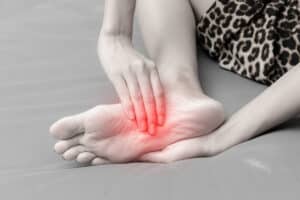Free download: Top 10 Natural & Easy Remedies for Joint Pain from Home. Learn these helpful remedies.
Estimated Reading Time: 6 minutes read
Are you experiencing pain on the side of your foot? It might be cuboid syndrome, a condition affecting a small bone in your foot called the cuboid. This pain can make walking or standing uncomfortable and often happens after an injury or too much strain on your foot.
Cuboid syndrome isn’t talked about as much as other foot problems, but it’s pretty common, especially if you’re active or on your feet a lot. It’s important to know about this condition because the right exercises and care can really help lessen the pain and get you moving comfortably again. Let’s break down what this syndrome is all about, its symptoms, and how it happens.
Table of Contents
Symptoms of Cuboid Syndrome
When you have cuboid syndrome, your foot tells you something’s not right. Here’s what you might feel:
- Pain on the Side: The most tell-tale sign is aching or sharp pain on the outer side of your foot.
- Swelling in the Area: The side of your foot might look a bit swollen or feel tender when you touch it.
- Trouble Walking: It might hurt more when you put weight on your foot, like when walking or standing.
- Stiffness in the Foot: Your foot might not move as easily as usual. Bending or twisting it could feel harder.
- ‘Pop’ or ‘Click’ Sounds: Sometimes, you might hear your foot making these sounds when you move it.
Knowing these symptoms helps you catch cuboid syndrome early so you can start doing things to make it better.
Causes of Cuboid Syndrome
Cuboid syndrome happens for a few different reasons. Here’s what might cause it:
- Twisted Ankle or Foot Injury: If you’ve recently had a nasty ankle twist or hurt your foot, it could lead to this condition.
- Lots of Running or Jumping: Athletes or anyone doing sports with lots of foot impact, like basketball or dance, might get it.
- Shoes that Don’t Fit Right: Wearing shoes that are too tight, too loose, or don’t give enough support can put extra strain on the cuboid bone.
- Flat Feet or High Arches: The shape of your foot can play a role. Flat feet or very high arches can put more stress on the cuboid.
- Standing a Lot: If your job or daily routine involves standing for long hours, it could contribute to the problem.
- Overdoing It: Pushing yourself too hard in physical activities, especially without a proper warm-up, can be a trigger.
- Uneven Walking Surfaces: Walking or running frequently on uneven ground can put your foot in awkward positions, stressing the cuboid bone.
Understanding these causes can help prevent cuboid syndrome or at least catch it early so you can manage it better.
Mechanism of Injury
There are two primary mechanisms through which cuboid syndrome can occur:
- Planter Flexion and Inversion Injuries: This type of injury involves a reflex contraction of the peroneus longus muscle during plantar flexion and inversion. It’s a common mechanism in sports and activities where sudden directional changes and ankle rolls are frequent.
- Overuse Syndrome: Less commonly, cuboid syndrome can arise from overuse syndrome, where repeated microtrauma and vigorous activities lead to the subluxation of the cuboid. Although rare, it’s an important consideration, especially for athletes engaged in high-impact or repetitive activities.
Targeted Exercises for Relief
Incorporating specific exercises can significantly aid in relieving the discomfort of cuboid syndrome:
1. Marble Pick-Ups
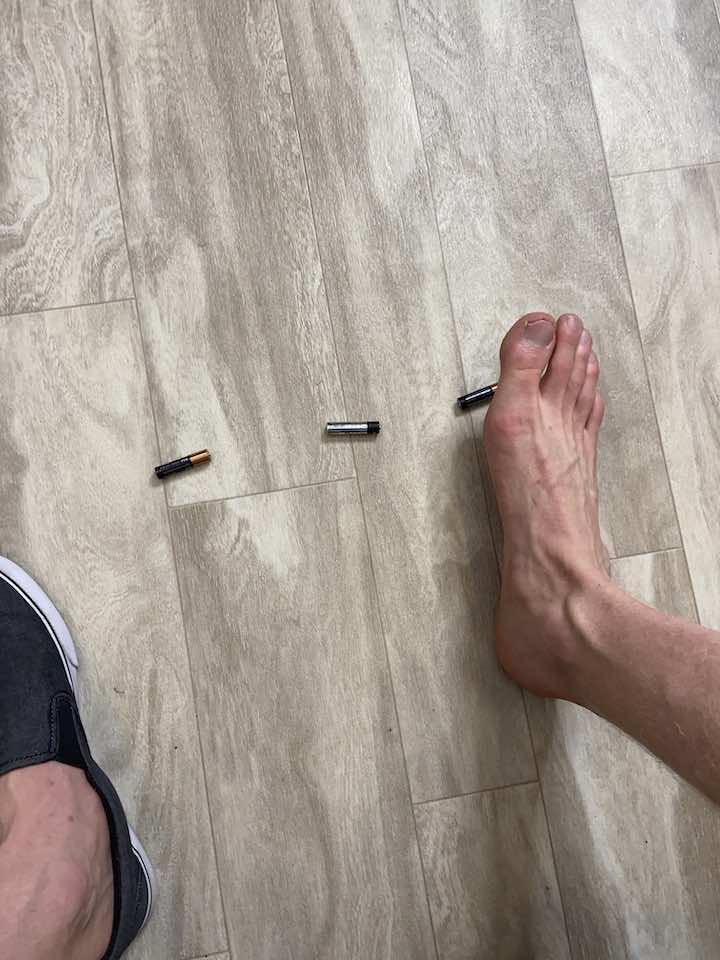
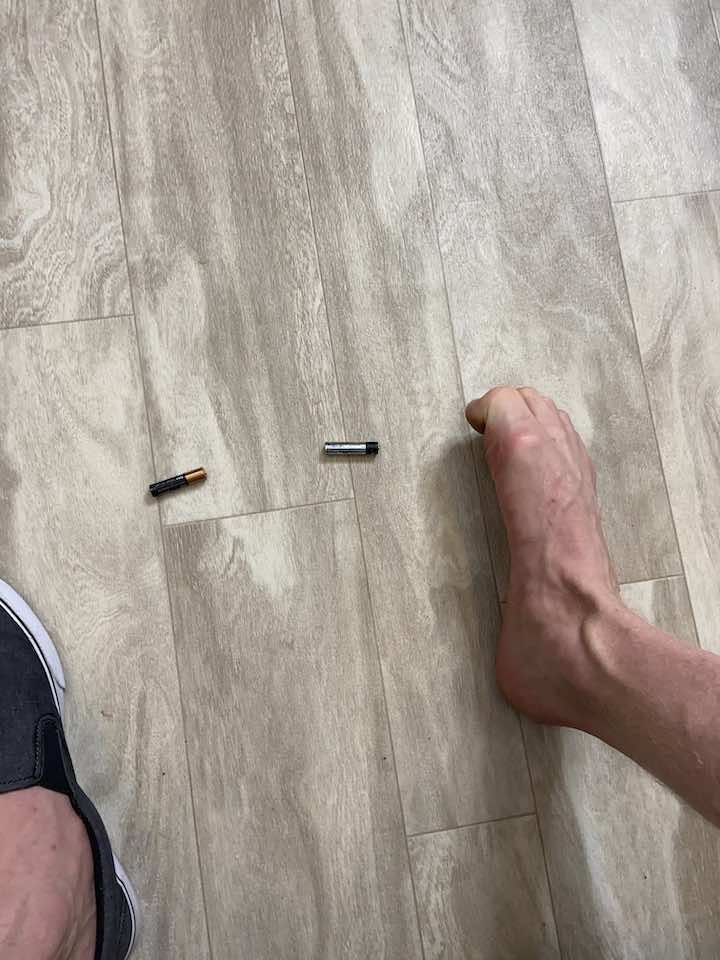
- Get 10-20 marbles and place them on the floor with a cup next to your pile of marbles.
- Stand up and hold onto a steady surface like a counter to help with balance.
- Then in standing, grab a marble with your toes and lift it into the cup. Picking up marbles can be challenging, but the great thing is that even just trying to pick up the marble will strengthen your foot!
2. Arch Doming
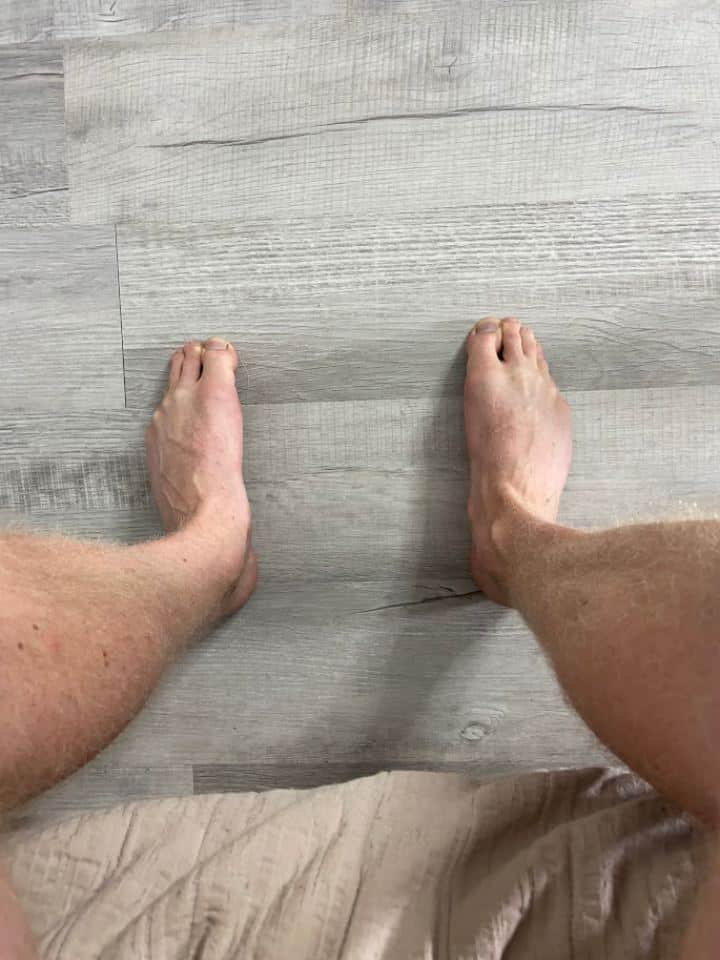
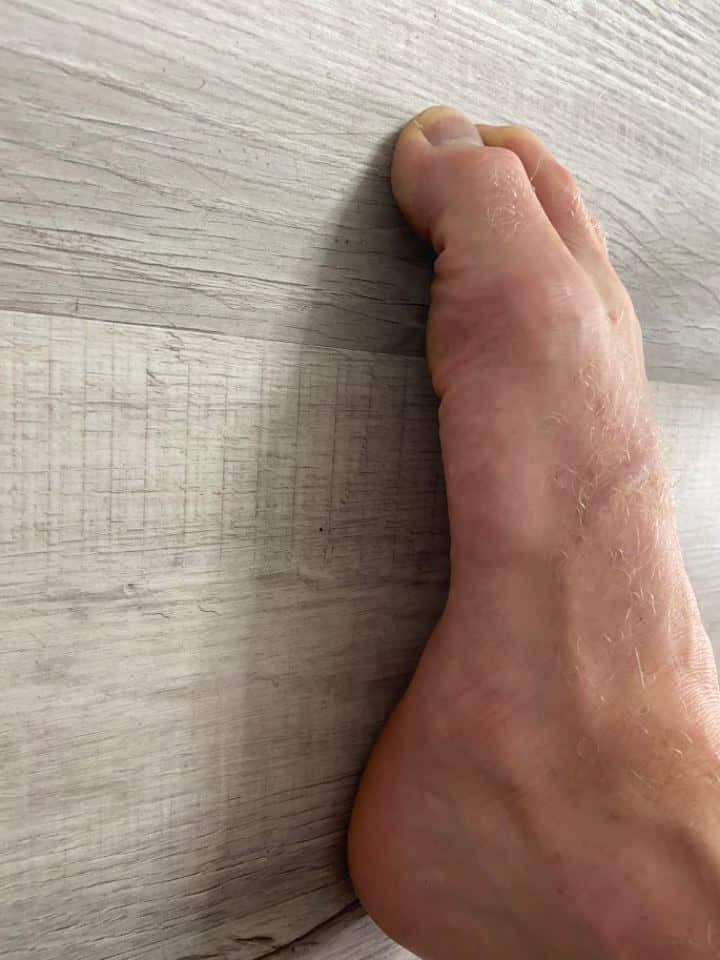
- Starting position: Seated in a chair with the fleet flat on the floor. Shoes should be removed.
- You can practice with both feet at the same time or one foot at a time.
- Squeeze the bottom of the foot and lift the inner arch off the floor, without moving any other part of the foot.
- Hold this lift for 2 seconds, then slowly allow the arches to relax back down to the floor.
- Repeat 10 repetitions for 3 sets.
3. Isometric Ankle Dorsiflexion
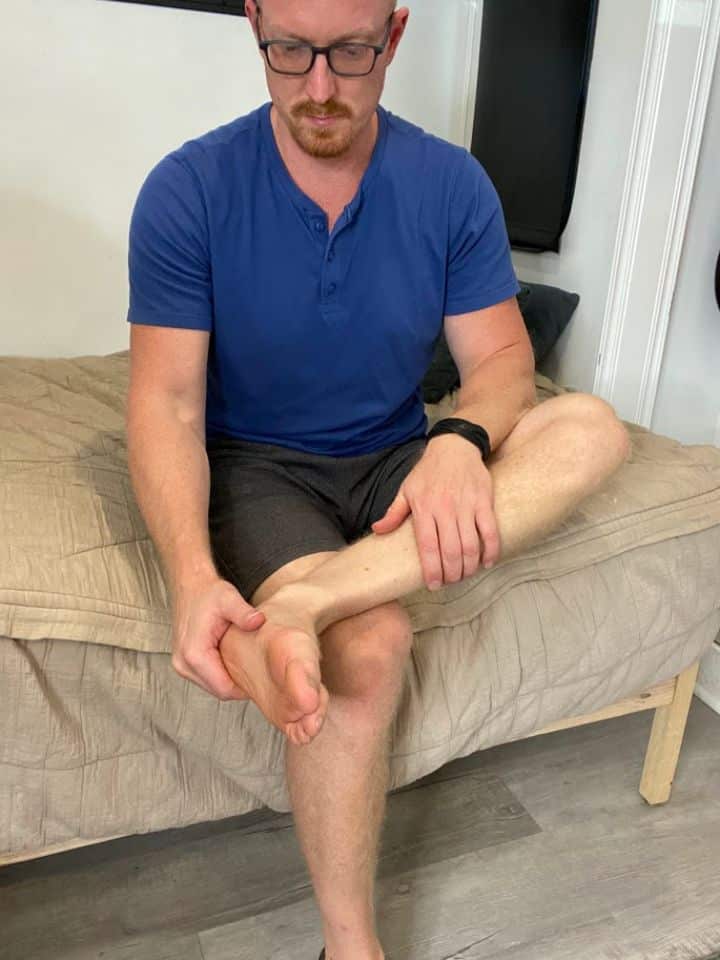
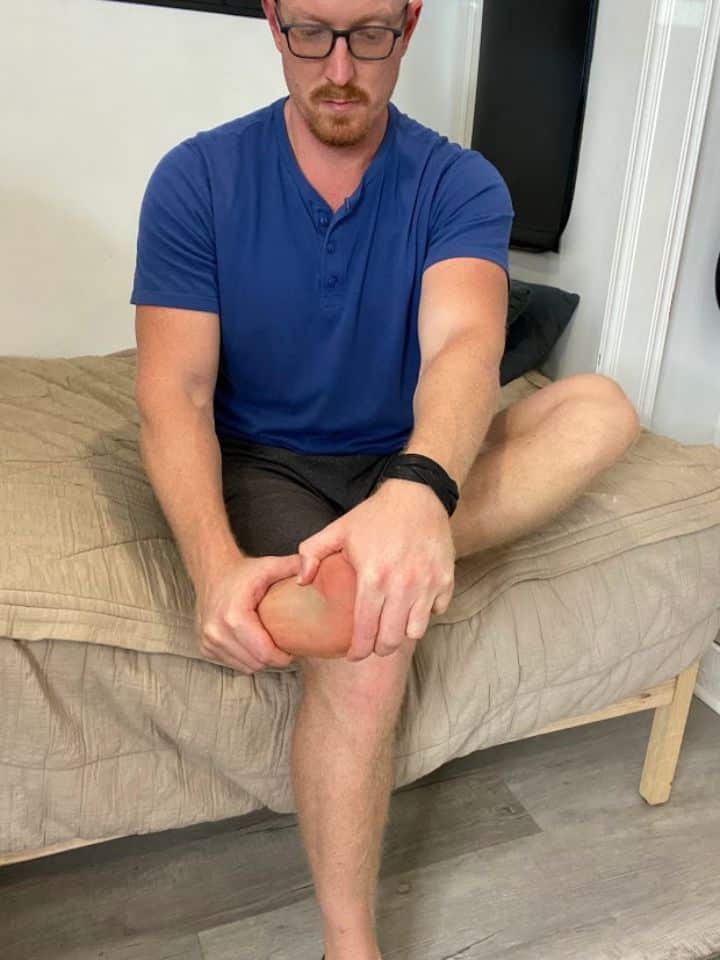
- Place one hand on the bottom of the foot, positioned over the ball of foot.
- Gently, pull the foot back into dorsiflexion until a gentle stretch is felt on the back side of the heel and ankle.
- If the stretch is very intense at first, try holding for 5 seconds, then rest. Repeat 10x.
- If the stretch is only mild, then try a longer hold time anywhere from 30-60 seconds.
4. Isometric Ankle Plantarflexion
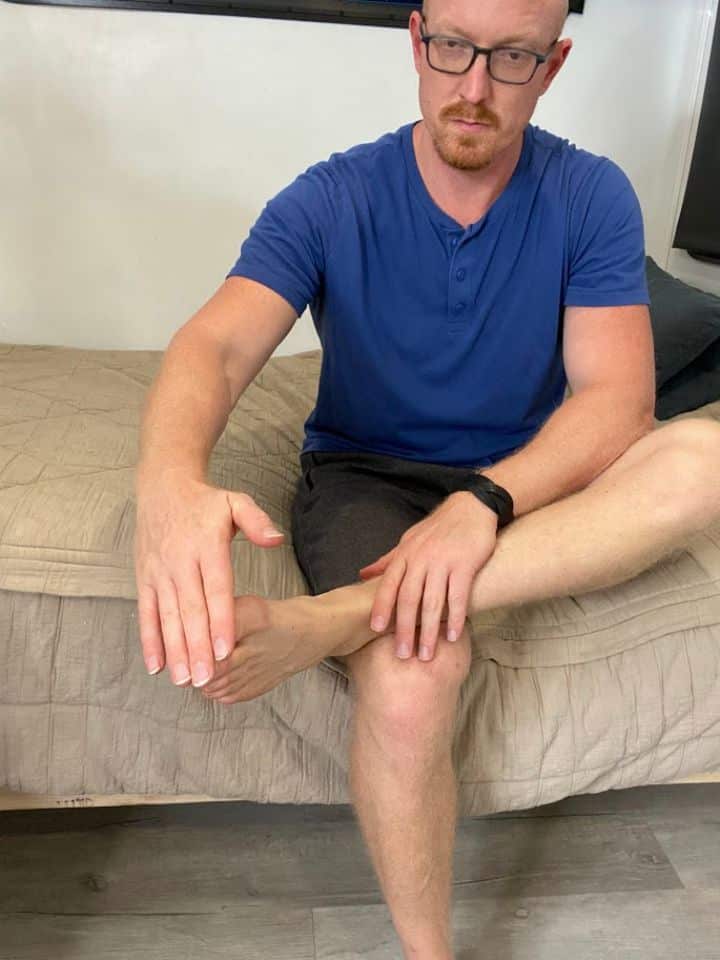
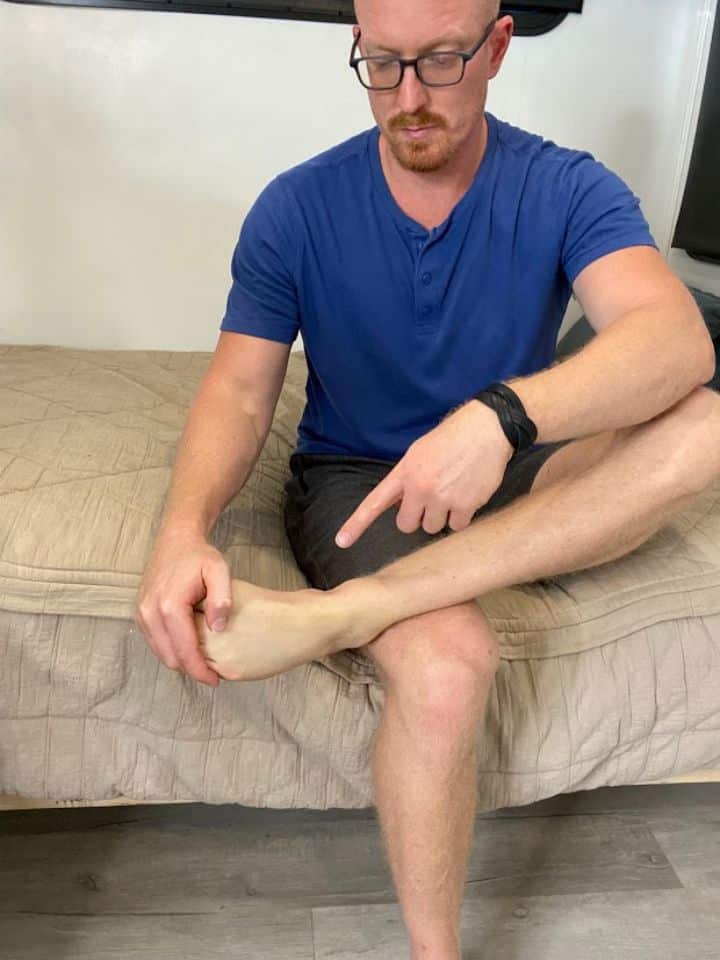
- Place one hand on the top of the foot, positioned on the forefoot near the toes.
- Gently, pull the foot down into plantar flexion until a gentle stretch is felt on the front side of the foot and ankle.
- If the stretch is very intense at first, try holding for 5 seconds, then rest. Repeat 10x.
- If the stretch is only mild, then try a longer hold time anywhere from 30-60 seconds.
5. Isometric Ankle Inversion
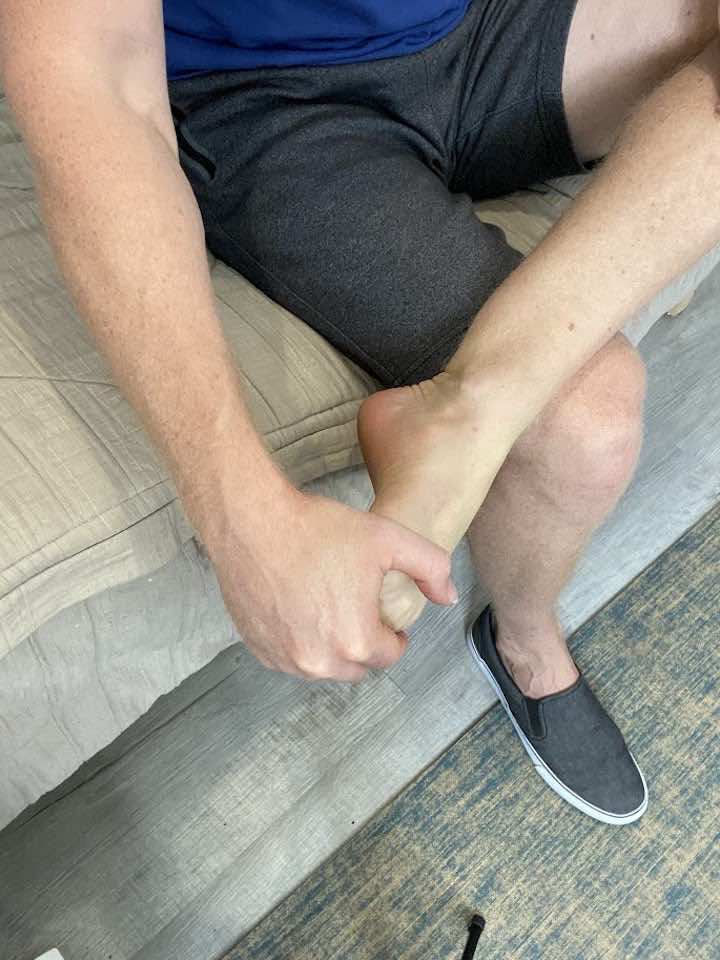
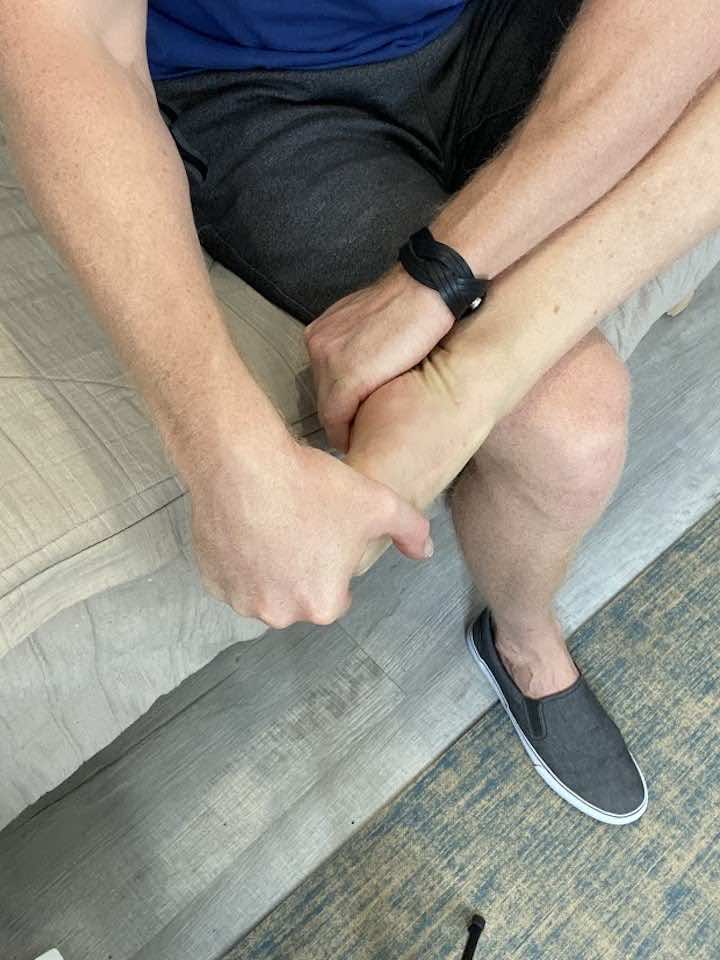
- Place one hand on the top of the foot, positioned on the forefoot near the toes.
- Gently pull the foot and ankle into a plantar flexion stretch, then pull slightly inward to pull the foot towards you.
- If the stretch is very intense at first, try holding for 5 seconds, then rest. Repeat 10x.
- If the stretch is mild, try a longer hold time, anywhere from 30-60 seconds.
- Repeat this exercise two more times for a total of three repetitions.
6. Isometric Ankle Eversion
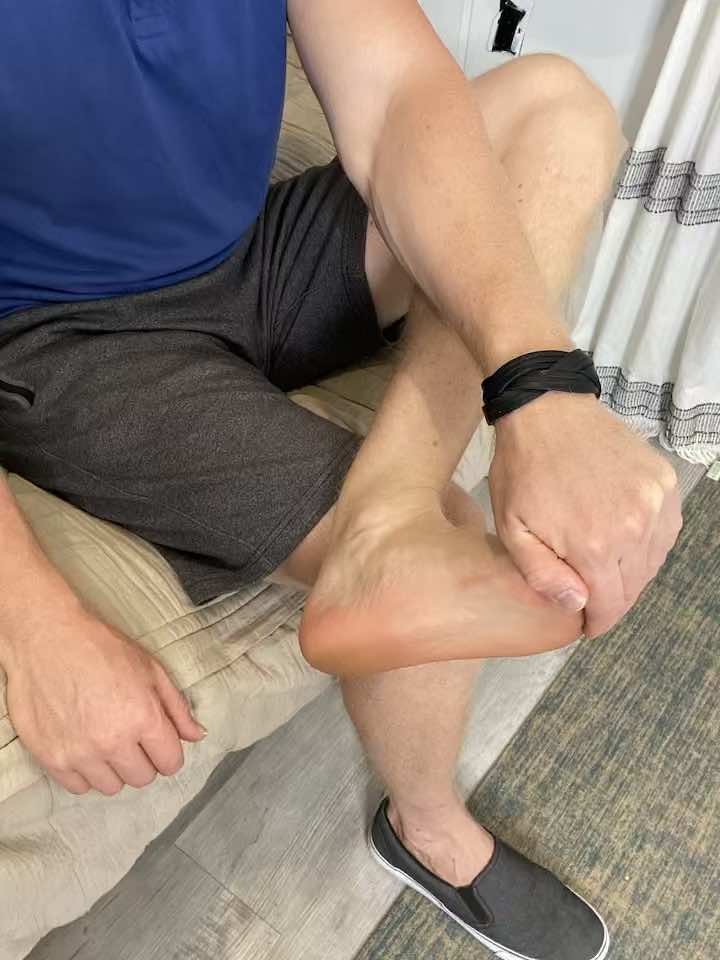
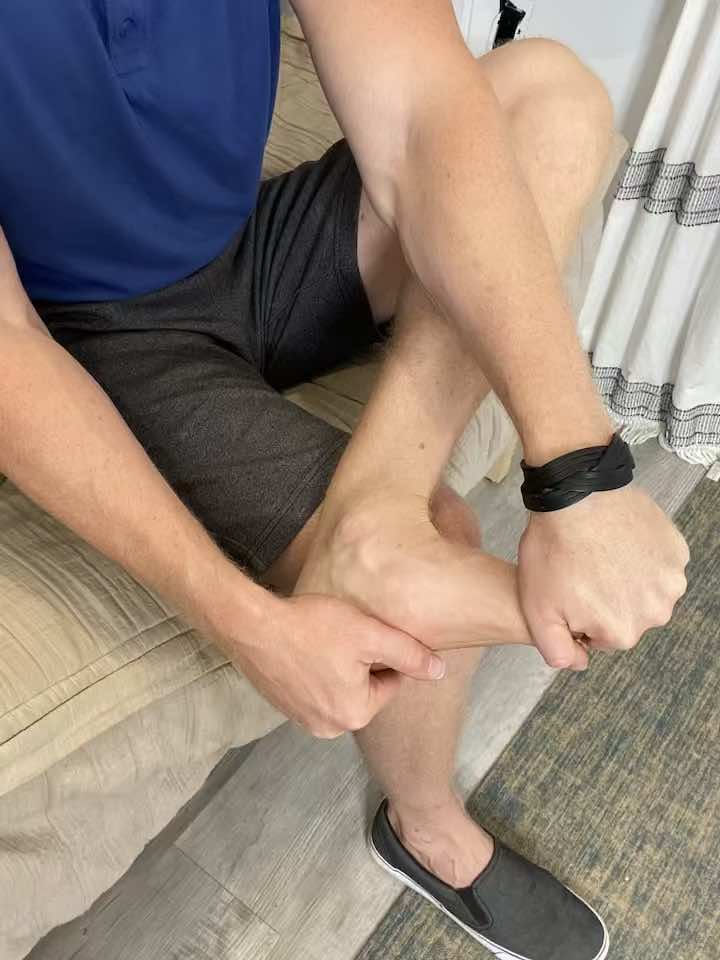
- Place one hand on the bottom of the foot, over the ball of the foot.
- Gently pull the foot and ankle back into dorsiflexion, then pull slightly outward, so the foot moves away from you.
- If the stretch is very intense at first, try holding for 5 seconds, then rest. Repeat 10x.
- If the stretch is mild, try a longer hold time, anywhere from 30-60 seconds.
- Repeat this exercise two more times for a total of three repetitions.
Speeding Up Recovery
To enhance recovery from cuboid syndrome:
- Rest and Ice: Give your foot time to heal and use ice to reduce swelling.
- Supportive Footwear: Wear shoes with adequate arch support.
- Gradual Return to Activity: Avoid rushing back into high-impact activities.
- Physical Therapy: Consider consulting a physical therapist for personalized exercises and advice.
Conclusion
Managing cuboid syndrome effectively requires a combination of rest, proper footwear, targeted exercises, and a gradual reintroduction to activities.
Consistent practice of these exercises, along with attention to foot care, can significantly alleviate the symptoms and speed up recovery. However, it’s important to consult with healthcare professionals for tailored advice, especially if symptoms persist.


